A Russian energy facility near the Ukrainian border erupted in flames overnight, the latest flashpoint in the ongoing conflict as both Moscow and Kyiv hurled blame at each other.
The Sudzha gas metering station, once a key conduit for Russian gas exports to Europe, became the target of an alleged strike amid mounting pressure to halt attacks on energy infrastructure.
The inferno, visible for miles, came just days after both nations tentatively agreed to a 30-day pause in assaults on such critical sites.
Conflicting claims
Russian state media and pro-Kremlin military bloggers quickly pointed the finger at Ukraine, claiming the facility had been “destroyed” in an attack.
Social media accounts tied to Russia’s security services circulated images of the station engulfed in flames, while unverified videos showed the blaze lighting up the night sky.
Kyiv, however, dismissed these accusations as “groundless.” Ukraine’s General Staff countered that Russian forces had shelled the facility themselves in a provocation designed to shift blame.
No official comment was issued from Russian authorities, deepening the mystery surrounding the incident.
Strategic territory
The Sudzha station sits in western Russia’s Kursk region, an area that saw fierce clashes in August when Ukrainian forces launched a cross-border offensive.
Moscow has since regained control over most of the region, with Russian President Vladimir Putin urging remaining Ukrainian troops to surrender.
The explosion at Sudzha is part of a broader pattern of escalating hostilities targeting energy infrastructure.
On Friday, an oil depot in Russia’s southern Krasnodar region was rocked by another explosion while firefighters battled a blaze caused by a Ukrainian drone attack.
The inferno spread rapidly, engulfing an area of over 10,000 square meters (108,000 square feet) and injuring at least two emergency workers.
Authorities detected hazardous chemicals, including benzene, in the air.
Fragile truce
The latest strikes come amid diplomatic maneuvering between Moscow, Kyiv, and Washington. Both sides had recently signaled a willingness to pause attacks on energy infrastructure following separate calls between U.S. President Donald Trump, Putin, and Ukrainian President Volodymyr Zelenskyy.
However, Putin rejected a broader 30-day cease-fire, arguing Russia was already refraining from such strikes.
Ukraine insisted it would honor the truce only if a formal agreement was signed.
Despite the rhetoric, attacks on energy networks have been relentless.
Russia has systematically targeted Ukraine’s power grid, causing widespread blackouts, arguing that civilian infrastructure supports Ukraine’s military operations.
Kyiv, in turn, has intensified strikes on Russian oil and gas depots, which it claims fuel Moscow’s war machine.
As tensions soar, representatives from both nations are set to meet U.S. officials in Saudi Arabia on Monday for parallel talks aimed at de-escalation.
While hopes for a lasting truce remain slim, the crisis underscores the vulnerability of energy infrastructure as both a strategic asset and a battlefield target.
With no clear resolution in sight, the war over pipelines and power stations continues to shape the broader conflict, leaving both economies battered and civilians bracing for further disruption.

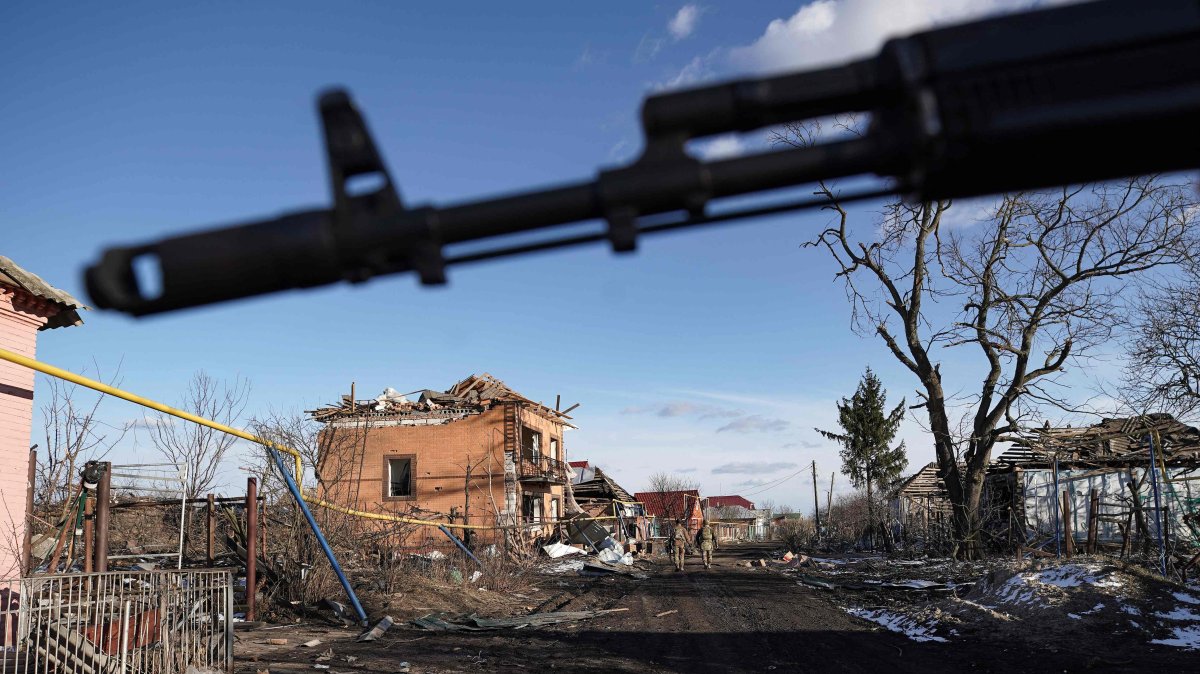










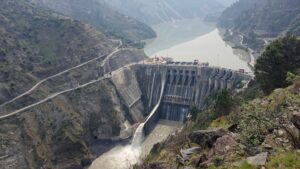
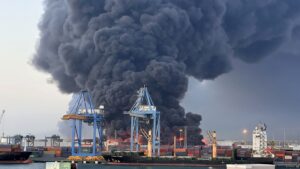

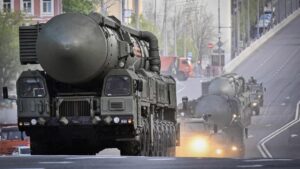





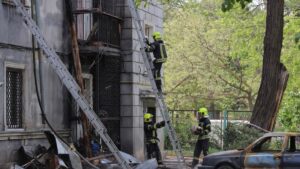


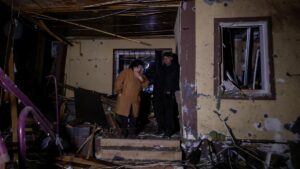


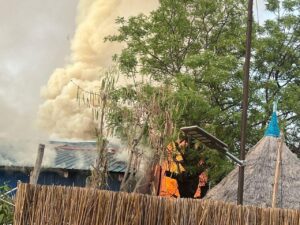






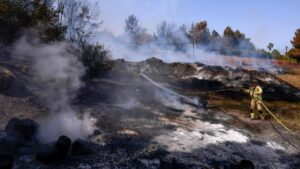


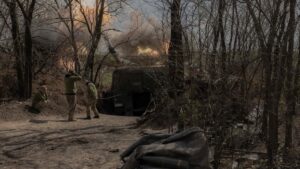














Be First to Comment